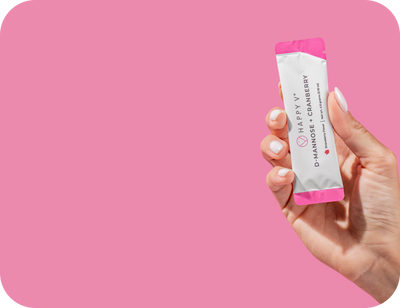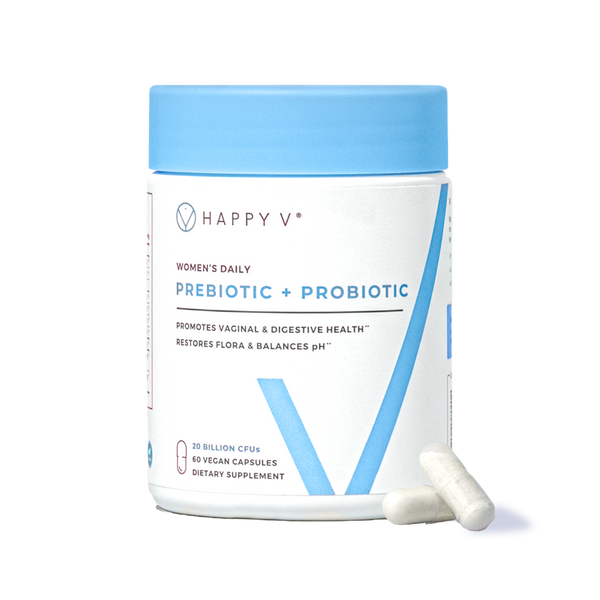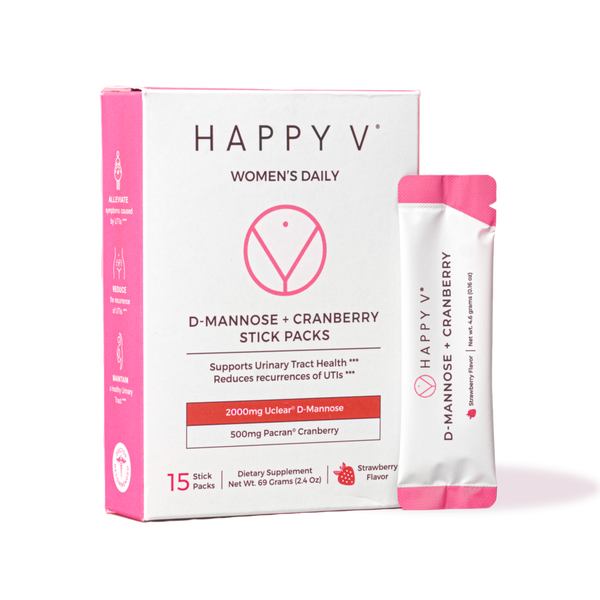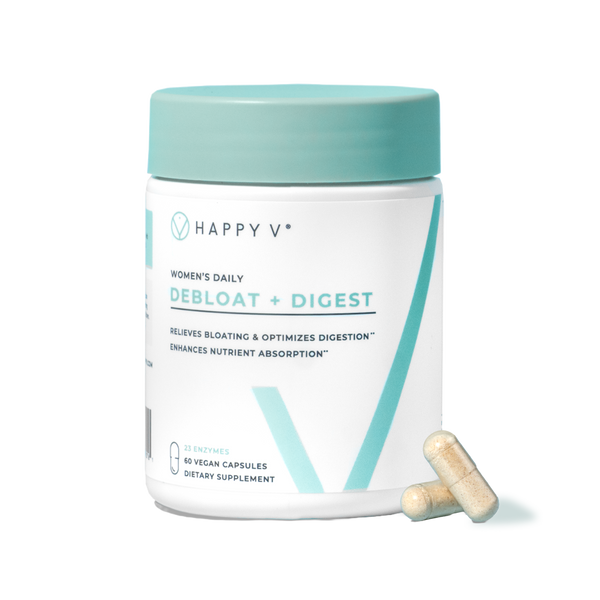- Fact Checked
- August 07, 2025
- 6 min read
Table of Contents
Table of Contents
From TikTok wellness trends to green smoothies and water bottles tinted like pond algae, liquid chlorophyll has taken the internet by storm. Marketed as everything from a skin-clearing hero to a body odor neutralizer, this deep-green supplement has sparked curiosity—and a fair bit of confusion.
So what’s really behind the hype? And more importantly, what does the science say about drinking chlorophyll for health benefits like detoxification, wound healing, and even weight loss?
Whether you’re chlorophyll-curious or already adding drops to your morning water, we’re here to discuss what liquid chlorophyll is, what it might do for your body, and how to choose the right chlorophyll supplement.
This post is for informational purposes only and does not constitute medical advice. See full disclaimer below.
What Is Liquid Chlorophyll, Anyway?
Chlorophyll is the green pigment that gives green plants their color and helps them absorb sunlight for photosynthesis. But beyond its role in keeping your houseplants alive, chlorophyll has become a hot topic in the wellness world.
Though you can get chlorophyll naturally by eating green beans and leafy green vegetables, many people are choosing to increase their chlorophyll intake through supplements, particularly liquid chlorophyll.
Liquid chlorophyll, which is typically made from chlorophyllin, is a plant-based supplement that’s water-soluble and easy to mix into drinks like smoothies or water. It’s gaining attention on social media for its potential health benefits, which range from supporting detoxification to reducing body odor. But what does the science actually say?
What’s the Hype Around Liquid Chlorophyll?
The surge in chlorophyll’s popularity can be traced to platforms like TikTok and Instagram, where influencers and supplement brands often share dramatic “before and after” stories. These testimonials, while compelling, are usually anecdotal and rarely backed by scientific evidence. Marketing for liquid chlorophyll commonly promises:
- Total body detoxification
- Boosted energy levels
- Rapid weight loss
- Clearer skin and acne cures
- Neutralization of body odor
- Cancer prevention
- Immune system enhancement
These bold statements are designed to catch your attention, but it’s important to remember that supplement marketing is not tightly regulated. This means companies can make sweeping claims with little oversight, as long as they include a disclaimer that their statements haven’t been evaluated by the FDA.
Common Myths to Watch Out For:
- “Detoxifies your blood”: There’s no scientific proof that chlorophyll cleanses your blood or organs.
- “Instant weight loss”: No supplement, including chlorophyll, is a magic bullet for losing weight.
- “Cures acne overnight”: While topical products may help with some skin conditions, drinking chlorophyll is unlikely to have dramatic effects.
- “Prevents cancer”: Claims about cancer prevention are based on limited animal studies, not real-world human evidence.
How to Spot Overhyped Marketing
To avoid being misled by supplement marketing, keep these tips in mind:
- Look for scientific references, not just testimonials or influencer endorsements.
- Be wary of products promising “miracle” results or using vague terms like “detox.”
- Check the label: most “liquid chlorophyll” is actually chlorophyllin, a modified compound.
- Notice the fine print—statements about curing or preventing disease should always be met with skepticism.
Remember: If it sounds too good to be true, it probably is.
Potential Health Benefits of Liquid Chlorophyll
Chlorophyll has been linked to a variety of potential health benefits, from antioxidant activity to internal deodorizing to natural acne treatment. Here’s what the research shows when it comes to the benefits of chlorophyll—and where more evidence is still needed.
1. Natural Deodorizing Effects
One of the most talked-about benefits of drinking chlorophyll is its ability to neutralize bad breath and body odor. Some small studies have shown that chlorophyllin may reduce odors in patients with gastrointestinal issues, but more research is needed for general use.
2. Antioxidant & Anti-Inflammatory Properties
Chlorophyll and chlorophyll derivatives like sodium copper chlorophyllin may offer antioxidant and anti-inflammatory effects. These compounds help neutralize free radicals and support overall cellular health, which is great news for your skin, gut, and immune system.
3. Skin & Wound Healing Support
Some studies suggest chlorophyllin may promote wound healing and reduce inflammation when applied topically. That doesn’t mean drinking chlorophyll has the same effects, but it does show that chlorophyll can be active in the body in meaningful ways.
4. Gut Support & Detox Potential
Fans of liquid chlorophyll say it can help reduce bloating and support the body’s detoxifying processes. It may bind to aflatoxins, or toxic compounds found in some foods, and reduce their absorption in the gut. That said, the FDA hasn’t approved chlorophyllin for detox or cancer prevention, so keep expectations realistic.
5. May Support Weight Loss Goals
There’s early research suggesting chlorophyllin may support weight loss by influencing appetite-regulating hormones or by improving glucose levels, but again, more evidence is needed before calling it a magic elixir.
Are There Any Side Effects of Drinking Chlorophyll?
While liquid chlorophyll is generally well-tolerated, it’s not without side effects. Some side effects of liquid chlorophyll that have been reported include:
- Gastrointestinal issues like nausea or cramping
- Green-colored stool (don’t panic—this is normal)
- Mild photosensitivity in rare cases
Especially if you’re breastfeeding, pregnant, or managing a chronic condition, check with a healthcare provider before adding chlorophyll to your routine. And if you’re taking any medications or supplements, a registered dietitian or healthcare professional can help prevent any unwanted interactions.
Why Choose Happy V’s Liquid Chlorophyll?
At Happy V, we love a good green moment, especially when it’s backed by smart formulation.
Our Liquid Chlorophyll:
- Uses sodium copper chlorophyllin for high bioavailability
- Contains no additives or artificial colors
- Has a naturally minty flavor that actually tastes good (and not like straight-up grass!)
- Supports your wellness goals without overpromising
Whether you're on a detox kick or just want to feel a little fresher from the inside out, Happy V’s chlorophyll fits easily into your daily routine. No sludge, no grassy aftertaste, just green energy in a bottle.
Final Thoughts
Liquid chlorophyll isn’t a cure-all, but it can be an easy and refreshing addition to your wellness toolkit with several potential benefits. With antioxidant support, natural deodorizing potential, and some early research around detoxification and weight loss, it’s easy to see why this green supplement is having a moment.
Just remember: the best results come from combining smart habits with products that are thoughtfully formulated—like ours.
Ready to go green? Happy V’s Liquid Chlorophyll is here to help.
Keep the Conversation Going
- Visit our blog for more women’s health tips.
- Join our private Happy V Facebook group to hear from others who’ve been there.
- Explore supplements designed to support your vaginal health journey.
Disclaimer: This blog is for informational and educational purposes only and is not intended to diagnose, treat, cure, or prevent any disease. Statements about supplements have not been evaluated by the Food and Drug Administration. For more information about vaginal infections, visit the CDC or speak to a licensed healthcare provider.
FAQ
Can you get chlorophyll from both plants and supplements?
What should you look for when purchasing liquid chlorophyll supplements?
What should you consider before taking chlorophyll supplements?
Our experts continually monitor the health and wellness space, and we update our articles when new information becomes available.
- Published on: August 07, 2025
- Last updates: August 07, 2025
Written by Hans Graubard
Edited by Hans Graubard
Our experts continually monitor the health and wellness space, and we update our articles when new information becomes available.
- Published on: August 07, 2025
- Last updates: August 07, 2025
Written by Hans Graubard
Edited by Hans Graubard













